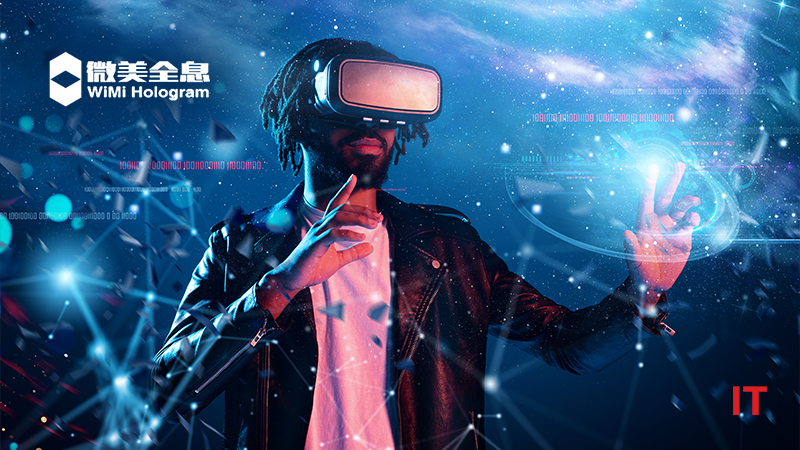WiMi Hologram Cloud Inc. a leading global Hologram Augmented Reality (“AR”) Technology provider, announced that it successfully integrated the visual-brain-computer interface (V-BCI) into the holographic eyewear interaction system, resulting in a more efficient and immersive user experience.
Currently, traditional human-computer interaction mainly relies on input methods such as gestures and voice, which has achieved a breakthrough in human-computer interaction, but still falls short in terms of the intuitiveness and efficiency of the user experience. In order to improve the interaction experience of holographic glasses, WiMi’s V-BCI realizes direct communication between the brain and the computer by recording the user’s EEG signals, thus enabling the user to manipulate AR content more intuitively and efficiently. However, to implement V-BCI technology in holographic eyewear applications, challenges such as real-time and accuracy of EEG devices need to be overcome.
WiMi’s V-BCI-based interaction technology for holographic eyewear utilizes lightweight wearable hardware designed for AR eyewear scenarios. The design of this hardware focuses on enabling a fast setup, reliable recording and comfortable wearable experience. Importantly, the hardware ensures highly accurate recording of EEG signals while being lightweight. It enables users to easily enjoy high-quality brain-computer interaction while wearing holographic glasses.
Also Read: TechSee Brings Computer Vision AI and Augmented Reality Service Automation to Amazon Connect
To optimize the real-time interactivity of the system for this technology, an innovative software framework was developed. This framework not only makes the system more flexible, but also improves the scalability of module configurations. Specifically, the framework supports real-time data processing and can respond quickly to the user’s EEG signals, enabling more natural and instantaneous eyeglass interaction. Moreover, the modular design of the framework means that users can configure it as needed to personalize their AR experience.
WiMi has tested the technology in a series of small games and IoT AR applications. These applications have been used effectively in real-world scenarios, not only proving the feasibility of the technology, but also demonstrating its technical advantages of intuitive experience and efficient interaction.
This technology will inject new vitality into the AR industry. By fusing vision and BCI, users can interact with AR content more intuitively and efficiently. This will propel AR glasses to evolve from a simple information presentation tool to a powerful interaction platform, providing users with a more enjoyable digital experience.
WiMi’s V-BCI-based holographic glasses interaction technology will drive AR applications into new areas. From gaming and entertainment to healthcare, education and industry, this technology will spawn a variety of new application scenarios. For example, in the medical field, doctors can control the AR interface with their eyes to view patient information and improve the efficiency of surgeries; in the education field, students can interact with virtual subjects through EEG signals to enhance the learning experience.
SOURCE: GlobeNewswire

































